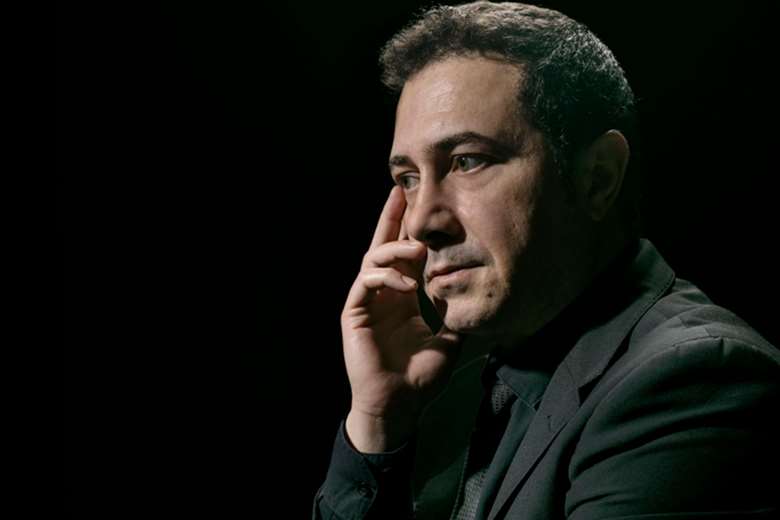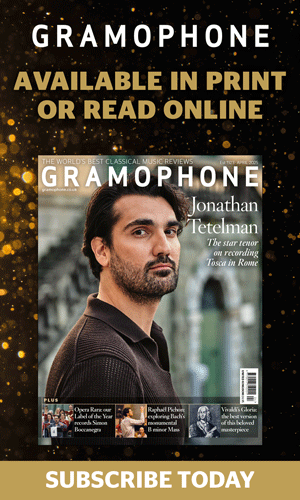Presenting Glass's piano Etudes in their most authentic form
Giusto Di Lallo
Friday, February 7, 2025
Glass's piano Etudes are frequently performed and recorded in a way that isn't true to the score. It's time to return to what was actually written by the composer

When, in 2019, I first got my hands on the sheet music of Philip Glass's Etudes and began analysing them, I realised that my conception of these pieces, acquired through the existing recordings, was, in some way, not exactly faithful to what the scores were telling me.
The main discrepancies that first caught my attention were primarily regarding the tempos, but as I delved deeper into studying these pieces, I realized that many pianists often altered the dynamics and phrasing as well. As a composer myself, I won’t deny that this left me with a certain sense of frustration. These variations have been used, of course, to match personal sensibilities, but in many cases also to highlight presumed virtuosity, often at the expense of the work’s original intent.
It is important to note that Glass does not provide many indications in his scores, leaving a fair amount of interpretative freedom to musicians. Precisely for this reason, in my view, the few indications that do exist are of crucial importance and should therefore be respected.
One particularly significant aspect concerns tempo markings: Glass specifies exact speeds in BPM rather than using more traditional indications like Adagio, Andante, or Allegro, where tempo interpretation is relatively more flexible. While it is obvious that a musician might feel free to play slightly faster or slower than the written indication, altering the speed by 40–50 BPM completely changes the character of a composition.
A striking example of this is Etude No 6, perhaps one of the most well-known pieces in the collection. In the score, Glass marks the quarter note at 132 BPM; however, many of the most popular interpretations are performed at around 180 BPM, and the list of performers who play it even faster is quite long.
Many similar examples could be made for each of the 20 Etudes, and the problem, as I mentioned earlier, is not only about the tempos but also about phrasing and dynamics, which, although subjective, still imply that the contrasts in volume between the various parts of a composition should reflect the narrative sense the composer has assigned to them. Can you imagine the Adagio from Beethoven's Moonlight Sonata being played as a loud Allegro instead of a soft Adagio? Well, this is exactly what has often happened to Glass’s Etudes, particularly through the interpretations of prominent pianists.
Considering that these are among the most widely recognized recordings by the public, it means that in many cases, listeners are only familiar with misleading interpretations of the work, believing they are hearing what Glass composed when, in reality, they are listening to a sort of 'remix' of these pieces.
Personally, I believe there should be greater critical responsibility and respect — not only towards the composer and the work itself but also towards the audience.
This is why, in celebration of the tenth anniversary of the publication of this masterpiece (November 2014), I decided to record a selection of the Etudes, attempting to stay as faithful as possible to the original intentions of the composer, assuming that his intention is best represented by what is written in the sheet music. I preserved the tempos, dynamics and phrasing exactly as noted. The sequence I chose is intended to have a certain 'narrative' function while also working harmonically and in terms of dynamic colours.
My recording doesn’t claim to be better than the others; my intention was simply to present the Etudes in their most authentic form, creating a sort of reset point after ten years of several “personal” interpretations. It aims not only to pay tribute to but also to honour the purity and clarity of these compositions, maintaining their minimalist aesthetic while also embracing their profound emotional depth.
Giusto Di Lallo’s new album of Philip Glass Selected Piano Etudes – 10th Anniversary Special Edition – is out on February 7 on SOMM: https://listn.fm/glassetudes/







